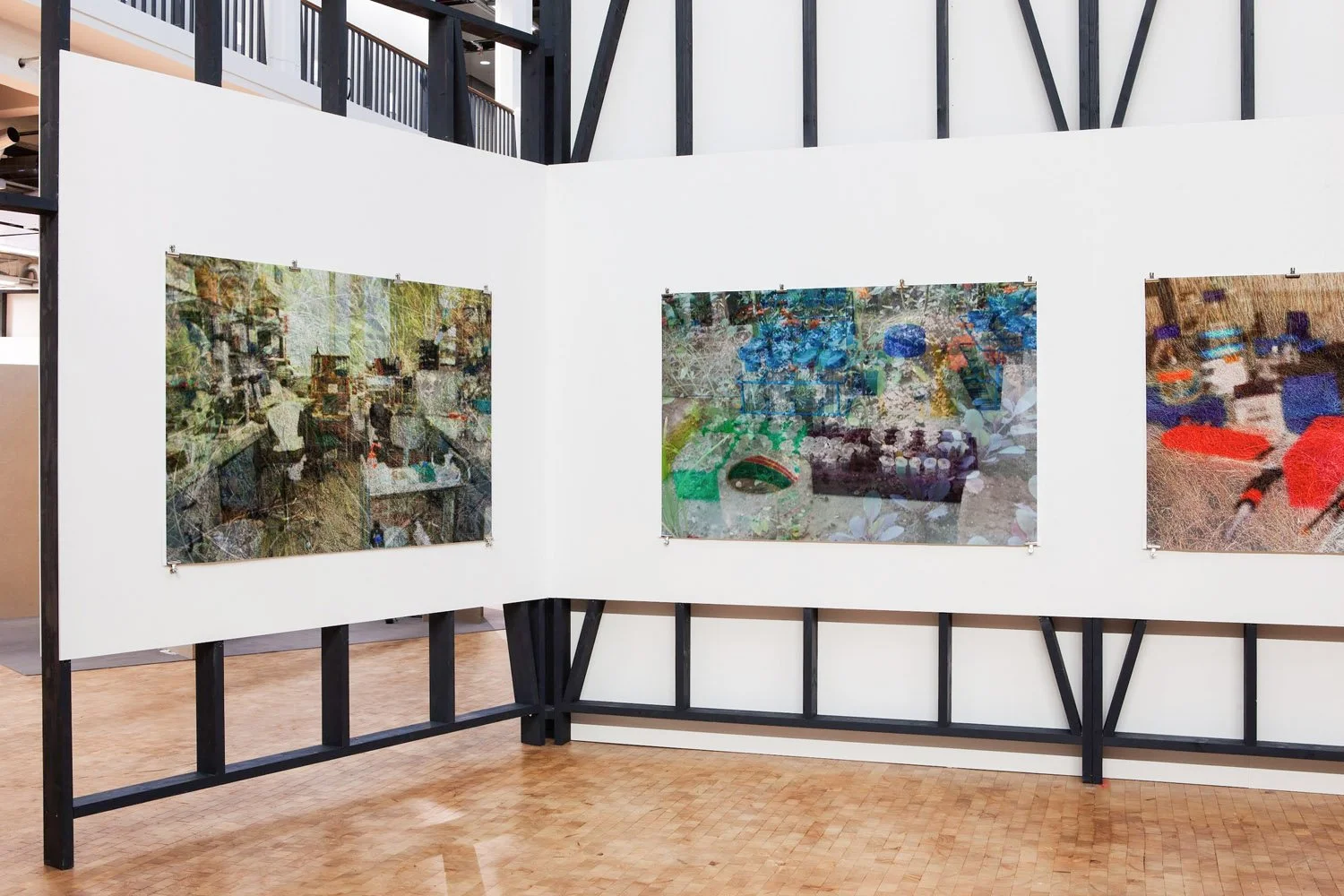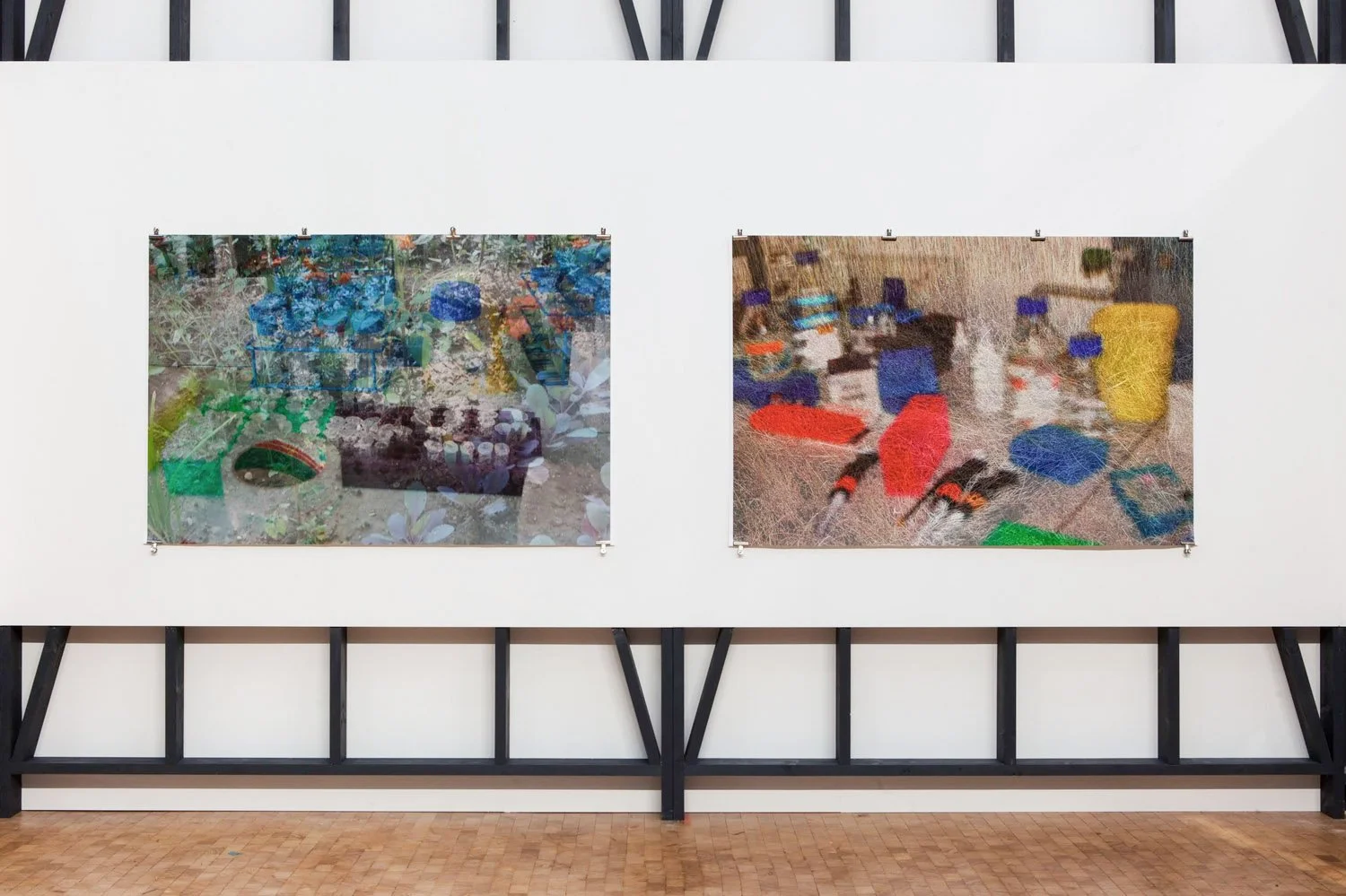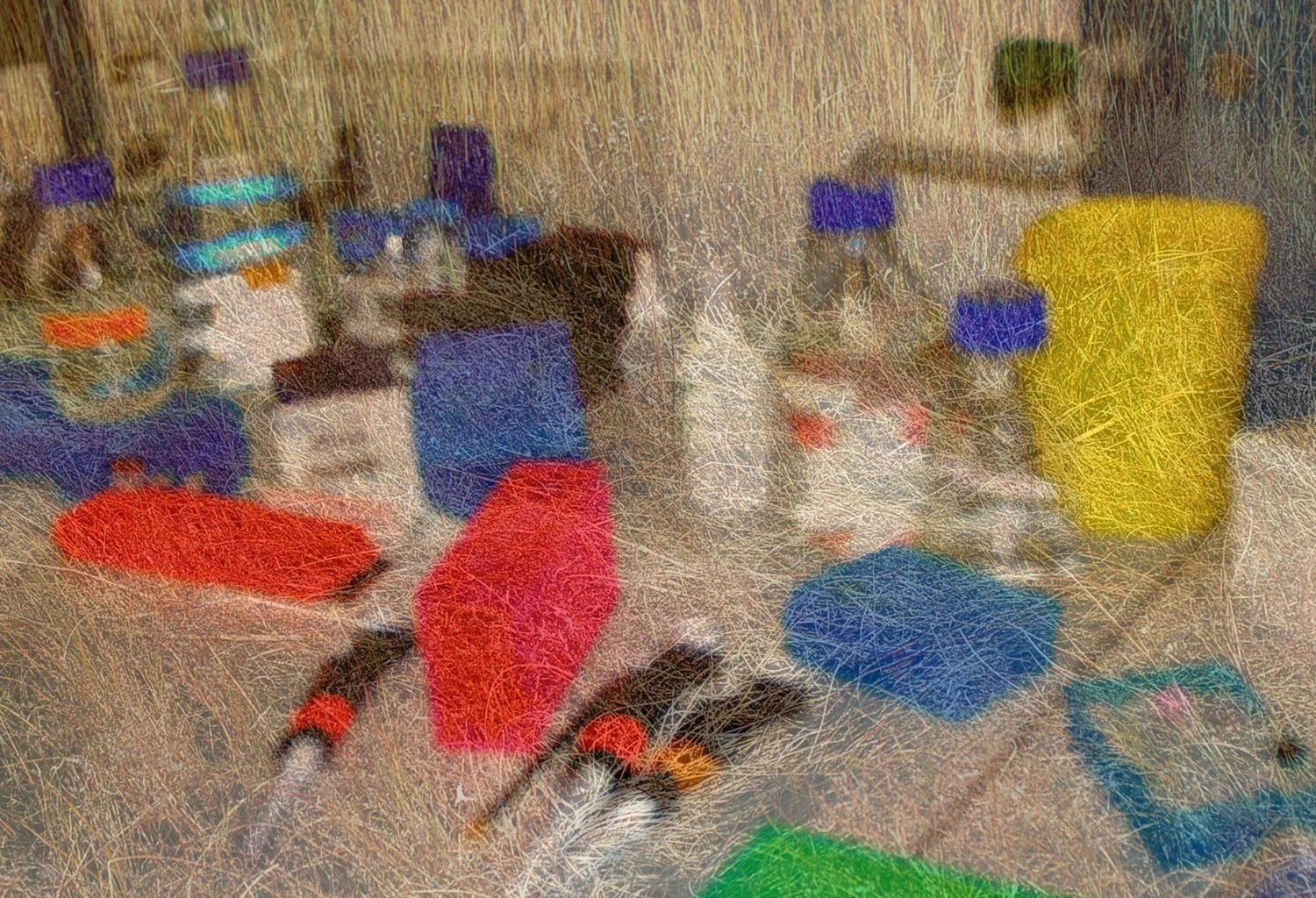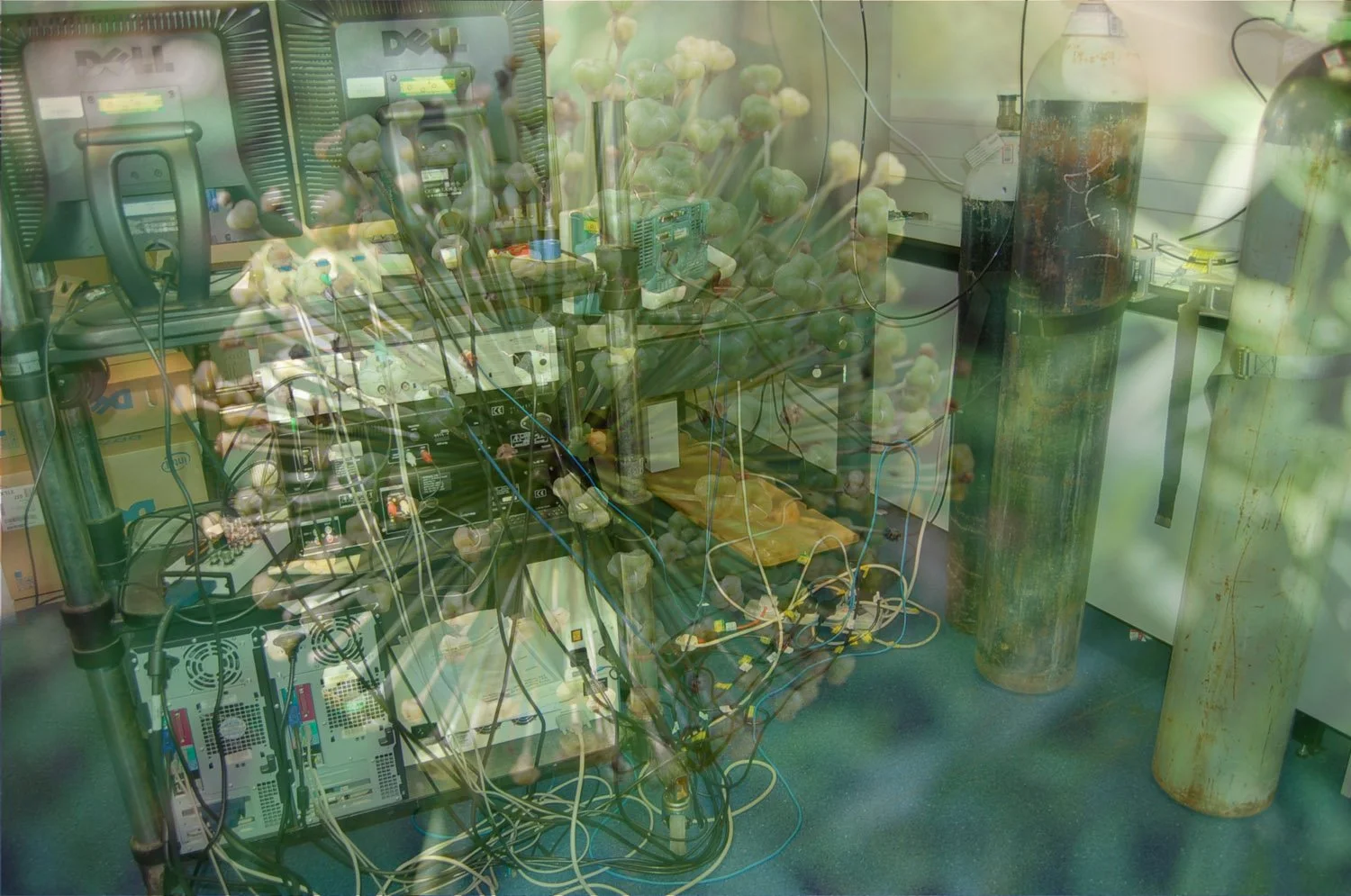Globale: Exo-Evolution
The exhibition opening with an interactive robotic performance takes place on Friday, October 30, 2015 at 7:30 pm.
The exhibition focuses on the artistic use of new technologies and opens up views into the future, in various modules. It shows us our new reality, which is shaped by 3-D printers and robots, cyborgs and chimeras, molecules and gene pools, wearable technologies and medical miracles, synthetic life forms, bionic suits and silicon retinas, artificial tissue and repair techniques, and new discoveries in space research, molecular biology, neurology, genetics, and quantum information science. It shows us visions and solutions for twentieth-century problems, such as separating oxygen out of CO2 to combat the climate crisis.
When humans began walking upright, feet turned into hands. Human beings used their hands to create works. These works included tools. Walking upright set human hands free to be used as tools, making human beings themselves “the first of the creation left [sic] free” (J. G. Herder, Outlines of a Philosophy of the History of Man, 1803).
From manual to mental tools, from the hammer to language, over the course of thousands of years human beings have created a culture of tools, an engineering culture that has expanded the boundaries of perception and of the world. The human being has outsourced his bodily functions: the hand to the hammer, the foot to the wheel, the arms to the bow and arrow, the spoken word to the written word, memory to clay tablets and computers, etc. Through the chain of rendering things exterior, the human being transcends evolution. He liberates himself from the violence of nature; he creates an artificial exo-evolution through his tools and through organs made exterior. From exo-biology to exo-planets, from exo-skeletons to »exo-pregnancy«, the contours of a new world deeply marked by technology are taking shape. In the early twenty-first century, art also can no longer stand apart from this technological development.
Traditionally art was focused on representing that which the human eye naturally perceived. When rendering the world of objects visible, painters were trapped in retinal effects and limited to the surface of things. From the microscope to computed tomography, technologies of perception have developed in science. Objects unrecognizable to the naked eye have been artificially made visible. New media bring the technologies of artificial perception, from photography to the computer, into the realm of art. This creates a new awareness of the interconnection of natural and artificial perception, of the object world and the media world, and of art and science. Media are not, however, merely image and sound machines; they are also interfaces in the construction of new realities and new forms of communication. We communicate, negotiate and act through media. The transformation from visual to social media makes clear that the use of media is a vital factor. Media are performative. Their impact is ubiquitous and long-lasting. That is why we speak not only of pictures, but rather of picture acts (Bildakten), not only of language, but of language acts, not only of perception but of acts of perception. Actions have become art forms. Now that a certain amount of overlap exists between the tools of artists and those of scientists, artists’ studios sometimes resemble scientific laboratories and vice versa. Artists today are less in search of subjective expression. Rather, their frames of reference are social systems and scientific structures and methods. This is the reason for new research areas such as art and science labs and art-based research. Scientization of art is beginning to emerge as it did during the Renaissance, creating a sort of Renaissance 2.0.
October 31, 2015 – February 28, 2016
ZKM Atrium 8 + 9
Karlsruhe, Germany
PARTICIPATING ARTISTS
:vtol:: · 1024 architecture · Yuri Ancarani · Jinsoo An · Alisa Andrasek · Alisa Andrasek & Jose Sanchez · Suzanne Anker · Anthropocene Observatory Artificial Nature (Haru Ji & Graham Wakefield) · Lise Autogena & Joshua Portway · Nurit Bar-Shai · Sonja Bäumel · Sonja Bäumel & Manuel Selg · Ursula Biemann & Paulo Tavares · Howard Boland & Laura Cinti (C-LAB) · Ecke Bonk / typosophes sans frontiers · Adam W. Brown & Robert Root-Bernstein · Oron Catts & Ionat Zurr & Corrie Van Sice · Center for PostNatural History · Jürgen Claus · Sam Conran · Hermann Cuntz · Hermann Cuntz & Marvin Weigand · Theresa Dankovich · Robert Darroll · Caitilin de Bérigny · Frederik de Wilde · Thierry Delatour · Louis-Philippe Demers & Bill Vorn · Heather Dewey-Hagborg · Kitsou Dubois · Anna Dumitriu · ecoLogicStudio · Electronic Shadow (Naziha Mestaoui & Yacine Aït Kaci) · Peter Fend / Ocean Earth · Thomas Feuerstein · Verena Friedrich · Klaus Fritze · FZI Forschungszentrum Informatik · Eyal Gever · Alexandra Daisy Ginsberg · Alexandra Daisy Ginsberg & Sascha Pohflopp · Niklas Goldbach · Andy Gracie · Tue Greenfort · Terike Haapoja · History of Others (Terike Haapoja, Laura Gustafsson) · Zaha Hadid Architects · Stephen Hawking · Ivan Henriques · Camille Henrot · Lynn Hershman Leeson · Bart Hess · Heurisko Gesellschaft für Biologische Technologien GmbH & Karlsruher Institut für Technologie · Chris Jordan · Manfred Kage · Wanuri Kahiu · Felix Kemner · KIT | Institut für Meteorologie und Klimaforschung · Allison Kudla · Nandita Kumar · Ebru Kurbak & Irene Posch · Christian Lölkes & Adrian Vielsack · Andy Lomas · Wolfgang Mally · Daria Martin · Mediated Matter Group | MIT Media Lab · Agnes Meyer- Brandis · Yann Mingard · MVRDV & The Why Factory (in Kooperation mit MOON Kyungwon & JEON Joonho) · Dave Murray-Rust & Rocio von Jungenfeld · Michael Najjar · Geraldine Ondrizek · Lucy & Jorge Orta · Ne- ri Oxman · Geoffrey Ozin · Tariq Rahman · Reynold Reynolds · Byron Rich · Adam G. Riess · robotlab · Hermann J. Roth · Scenocosme (Grégory Lasserre & Anaïs met den Ancxt) · HA Schult · SEAD (Space Ecologies Art and Design) · Conrad Shawcross · Semiconductor · Maja Smrekar · Studio Swine · Luisa Székely · Yesenia Thibault-Picazo · Luca Trevisani · Troika · UdK | De- sign Research Lab · Andrei Ujica · Koen Vanmechelen · Paul Vanouse · Aline Veillat · Pinar Yoldas · Martin Walde · Peter Weibel, · Daniel Widrig · Where Dogs Run
CREDITS
Peter Weibel (Curator)
Sabiha Keyif (Co-Curator)
Philipp Ziegler (Co-Curator)
Giulia Bini (Co-Curator)
EXHIBITIONS TEAM
Exhibition architecture: Stadelmann Schmutz Wössner, Berlin/London
Exhibition graphics: 2 x Goldstein + Fronczek
With kind support by
GLOBALE: Exo-Evolution
ZKM | Center for Art and Media
October 31, 2015 – February 28, 2016
ZKM_Atrium 8 + 9
Lorenzstraße 19
76135 Karlsruhe, Germany
Info: +49 (0)721 – 8100-0
http://zkm.de




